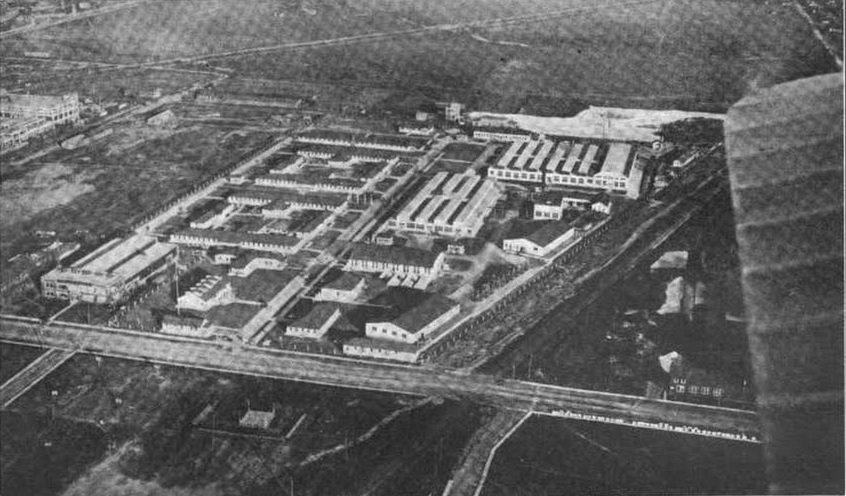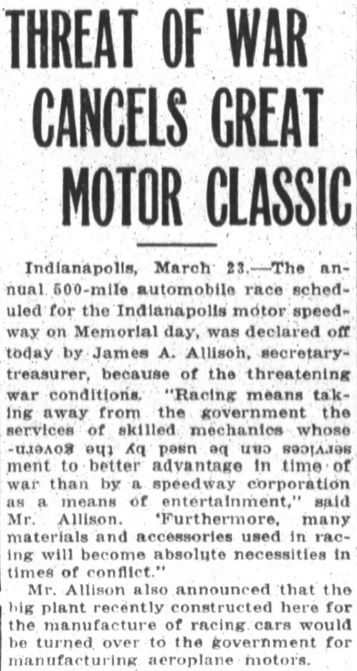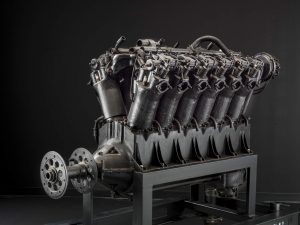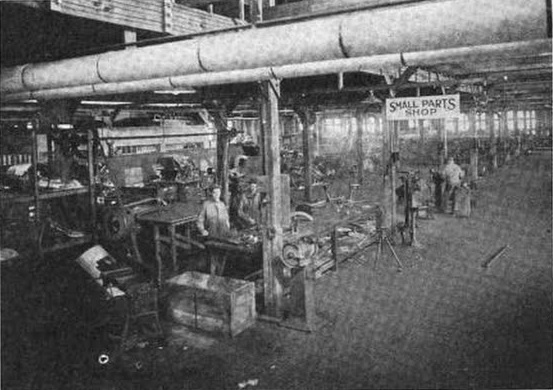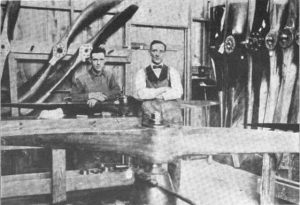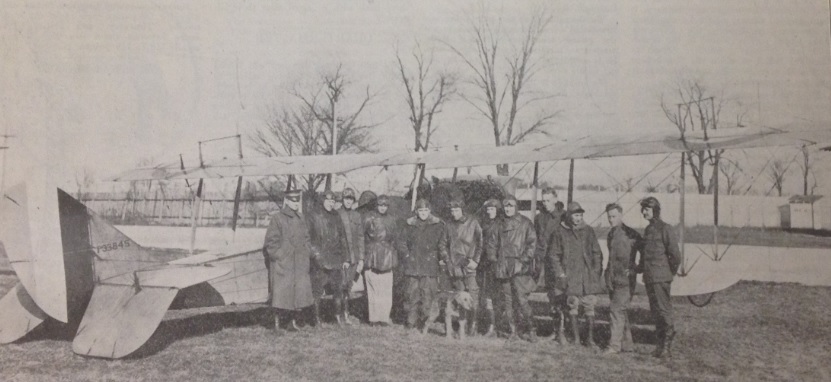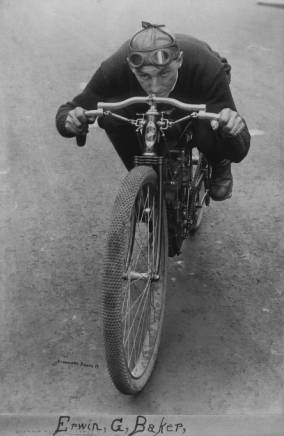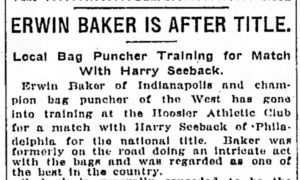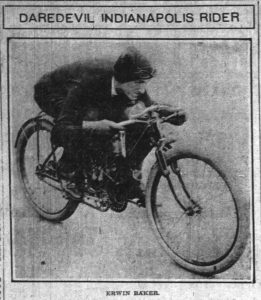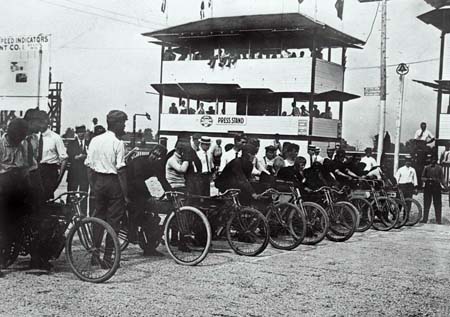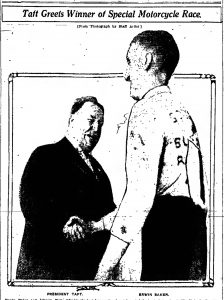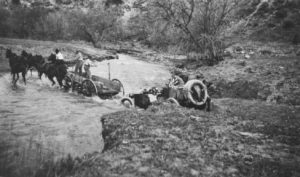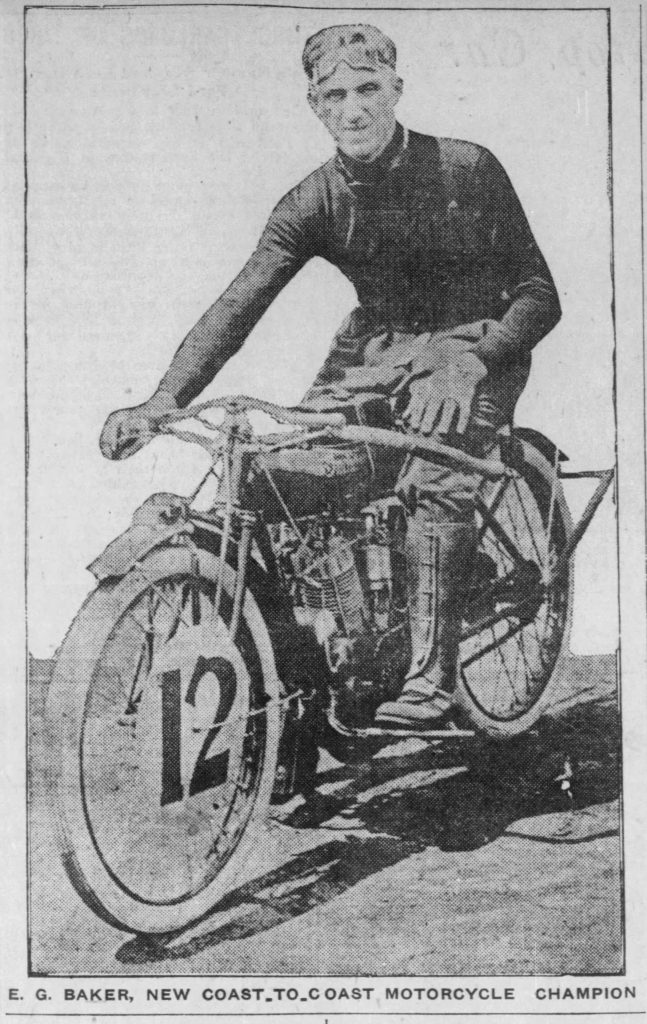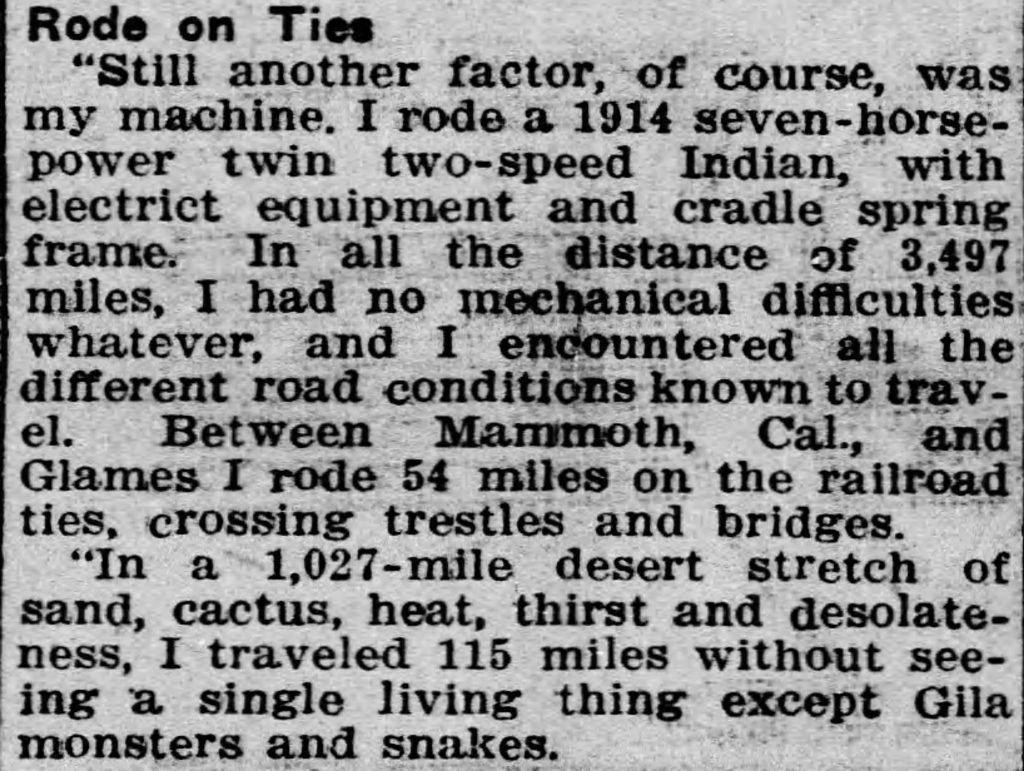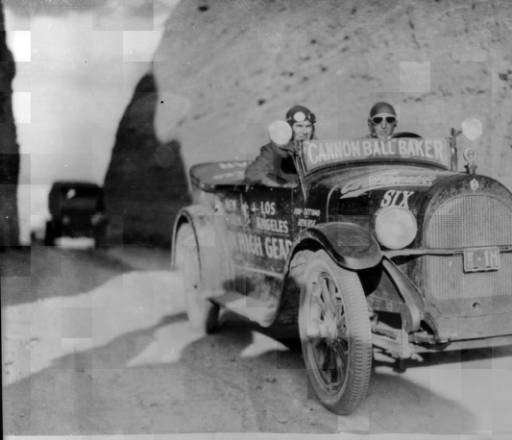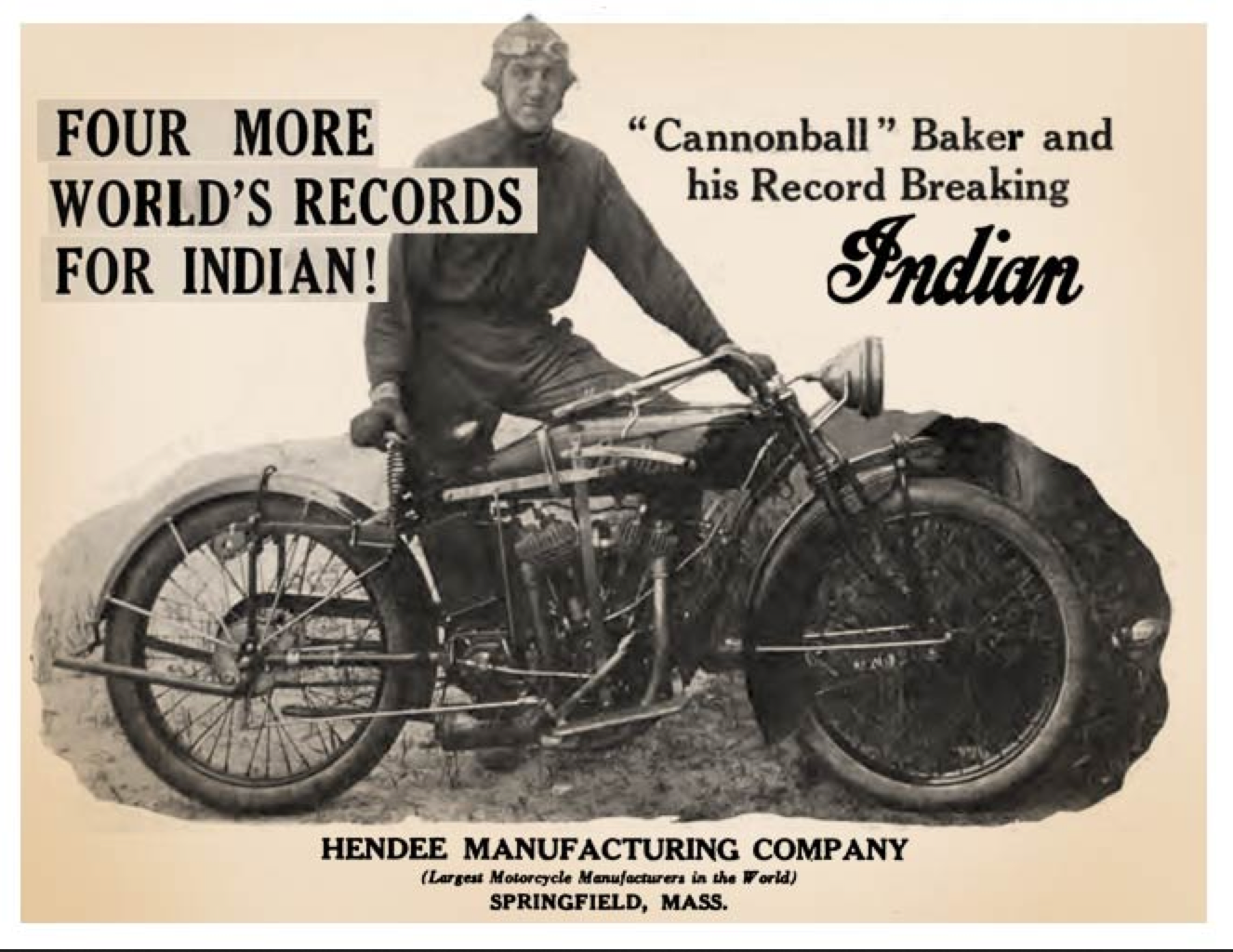Note: For those interested in learning more about aviation in the Speedway area during World War I, see “Speedway: An Aviation Hub During World War I.”
This weekend, some 300,000 fans are expected to descend upon the Town of Speedway to watch the 102nd running of the Indianapolis 500. The Speedway area has been home to the “Greatest Spectacle in Racing” since 1911. The race attracted drivers and fans from all over the world. It has only been cancelled on two occasions: during World War I (1917-1918) and World War II (1942-1945). While there was no roar of race cars, the area was by no means quiet. Instead, the Speedway area became a hub for wartime production, with aircraft engines taking center stage.
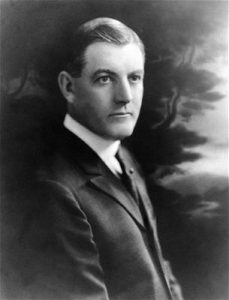
Entrepreneur and Indianapolis Motor Speedway co-founder James Allison quite literally shifted gears when he devoted his precision machine shop’s resources on Main Street, just south of the track, to the war effort in 1917. Allison originally built the shop to redesign and rebuild foreign and domestic racecars. By mid-1918, the War Department awarded government contracts to Allison Experimental Company to build parts for the Liberty aircraft engine. According to the National Museum of the United States Air Force, the Liberty represented “America’s major technological contribution to World War I.” The United States’ auto industry produced over 20,000 of these engines during the war and Allison’s Speedway company played its part in this endeavor. The Speedway area also saw the development of an aviation repair depot where workers helped repair, modify, and test hundreds of airplanes and aircraft engines.

Just one month after the war’s end, in December 1918, the owners of the Indianapolis Motor Speedway announced that the Indianapolis 500 would resume in May 1919. The focus in the Speedway area quickly shifted back to automobiles and racing, but interest in aviation there had just begun. During the 1920s, Allison Experimental Company (Allison Engineering Company by 1921) worked on rebuilding and inverting Liberty engines.
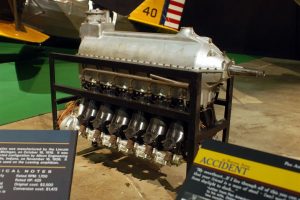
Following James Allison’s death in 1928, General Motors Corp. filed an appropriation request to buy the company the following year. According to the request, General Motors planned to continue Allison’s work in the aviation industry. The Indianapolis Chamber of Commerce promoted the acquisition, stating that with General Motors’ purchase of the company:
Development of this city as a center for the nation’s aviation industry seems assured.
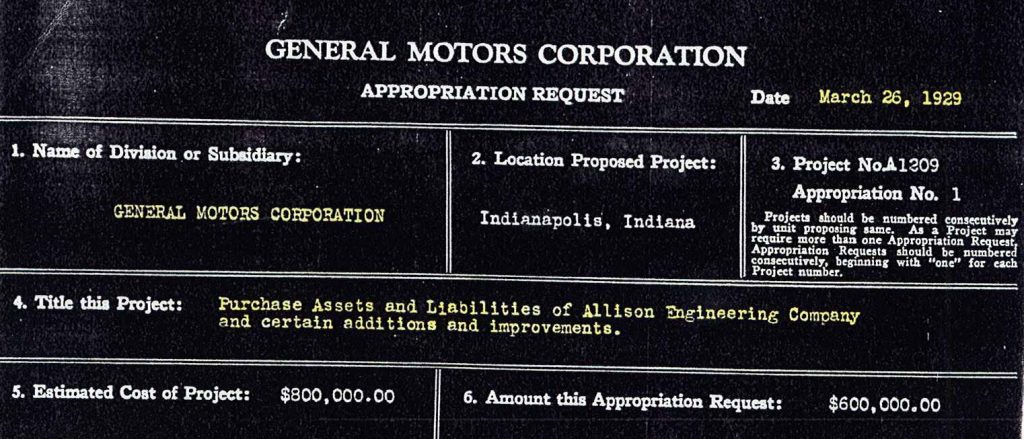
The Chamber of Commerce was not far off the mark. During the 1930s, Allison Engineering Co. focused its efforts on developing a 1,000 horsepower liquid-cooled aircraft engine in the Speedway area. Known as the V-1710, it would become the primary engine that powered Allied fighter aircraft during World War II. Norman Gilman, chief engineer and general manager for the company, reasoned that a liquid-cooled engine could be placed inside the fuselage, where a radial type engine could not and therefore developed high wind resistance or drag, particularly at higher speeds. Despite initial hesitation from both the U.S. Navy and U.S. Army, the Navy placed an order with Allison Engineering Co. for a liquid-cooled airplane engine of 750 horsepower in June 1930. The company designed, built, and delivered this engine to the Navy in March 1932. After completing a 50-hour development test, the Navy accepted the engine in September of that year. The Army Air Corps followed suit and soon after placed an order for the engine with the company.
Throughout the mid-1930s, Allison Engineering Co. worked to improve the engine, with the goal of making it 1,000 horsepower. After several tests and improvements to the design, the company delivered the engine to the Army Air Corps at Wright Field in Dayton, Ohio in March 1937. One month later, the V-1710 passed the 150-hour acceptance test.
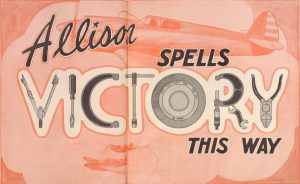
By 1939, as war clouds gathered over Europe, Allison Engineering (renamed Allison Division of General Motors in January 1941) committed itself to mass production of the V-1710 aircraft engine in Speedway. At the time, Allison employed 600 people, but this number grew exponentially as orders for the V-1710 came pouring in. In April 1939, newspapers reported that the company would soon triple its facilities with construction of a new plant that would span 200,000 sq. ft. By the end of the year, employment figures had almost doubled to 1,200. Allison Division constructed additional plants in Speedway and the Indianapolis area throughout the war years and with these plants came thousands of additional employees.
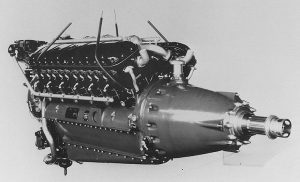
Demand for the V-1710 engine made Allison Division one of the three principal manufacturers of aircraft engines in the country during the war, alongside Pratt & Whitney and Wright Aeronautical. In January 1941, Life magazine ran a feature on the engine, highlighting it as the “plane motor on which the Army puts its biggest bet.” By July 1941, the War Department awarded Allison a new contract for the engines. With this contract, total orders for Allison engines since the beginning of the defense emergency program totaled approximately $242,000,000.
America has bet heavily on the Allison engine in its aircraft defense plans, just as the war industries board in 1917 bet everything on the Liberty engine . . . the Allison engine has been delivering regularly for the R.A.F. [Royal Air Force]. Allison is now producing 400 aviation engines a month, where a year ago it was delivering only 150, and expects to approach 1,000 engines a month by the end of 1941. – “More Air Power,” Mason City [Iowa] Globe Gazette, August 13, 1941, 4.
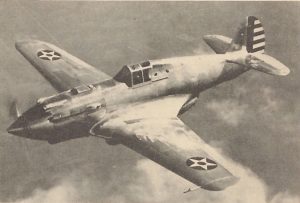
Orders and output for the V-1710 engine continued to grow, particularly after the Japanese attack on Pearl Harbor in December 1941. By this point, employment at Allison Division surpassed 12,000. It swelled to 23,019 in October 1943. The company’s growth impacted the Town of Speedway as well. As early as 1940, Indianapolis newspapers commented on Speedway’s growing pains, reporting that officials from the town were seeking state aid to address problems that had come about from the influx of workers to the plants. These problems included the need to improve streets, sanitary conditions, and the need for a better water system. The Indianapolis Times noted that with more employees at the Allison plants came “more money, more home buying, more eating, etc.” School enrollment in the area doubled, church attendance rose greatly, and many new homes were built.
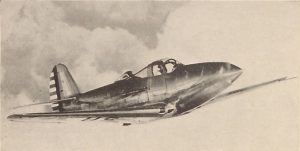
Meanwhile, Allison Division continued to impress. By March 1944, it built and delivered its 50,000th liquid-cooled engine. By the war’s end, the total figure reached 70,000. These engines powered many of the United States’ fighter planes during the war, including the P-38 Lightning, the P-39 Airacobra, and the P-40 Warhawk. The engine was also used in several fighter planes flown by the Royal Air Force of the United Kingdom.
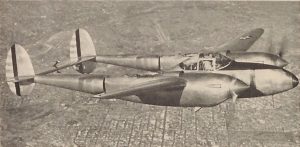
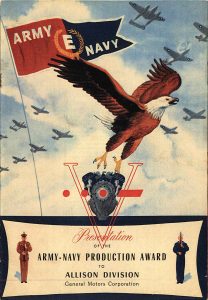
Allison Division received high praise for the fine precision, workmanship, and durability of the V-1710. It won the Army-Navy “E” Award for excellence in production four times during the war: in October 1942, March 1944, October 1944, and June 1945. By the spring of 1945, Allison Division reduced production schedules of the V-1710 to focus more of its time on building jet engines, which could power planes at much higher speeds. The U.S Army Air Forces had awarded Allison a contract for the production of jet propulsion units in the fall of 1944. The Navy followed the Army’s lead and placed their own order with Allison in the summer of 1945, citing Allison’s “well established reputation for delivering the goods on time.” This reputation would continue through the end of the war in August 1945 and through the post-war years.
As had happened following the conclusion of World War I, racing returned to the Speedway area in 1946 to much fanfare. Left abandoned for nearly five years, the Indianapolis Motor Speedway had fallen into disrepair during World War II. Tony Hulman purchased the track in November 1945 and worked to restore it in preparation for the May 1946 500-mile race. Fans came in droves to witness the 30th running of the Indianapolis 500 that year, as racing returned to center stage in the Speedway area.
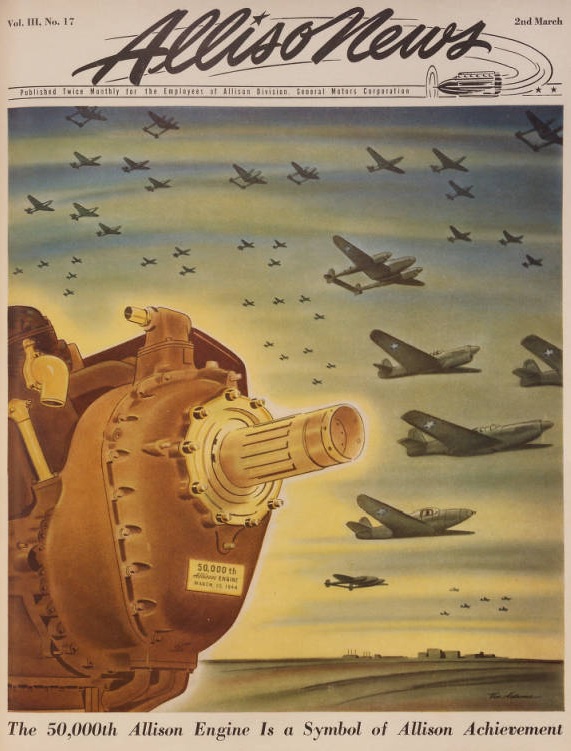
Allison’s work in Speedway and its commitment to technological advancements did not end with World War II, but rather continues through today. In addition to continuing its investment and development in the aviation industry following the war, Allison also organized a new department for the design and development of transmissions. The transmissions were manufactured for commercial and military use, with many powering tanks during the Korean War. Their production ushered in a new chapter in the company’s history. Today, James Allison’s experimental company in Speedway , now known around the globe as Allison Transmission, is one of the world’s largest manufacturers of fully automatic transmissions.

